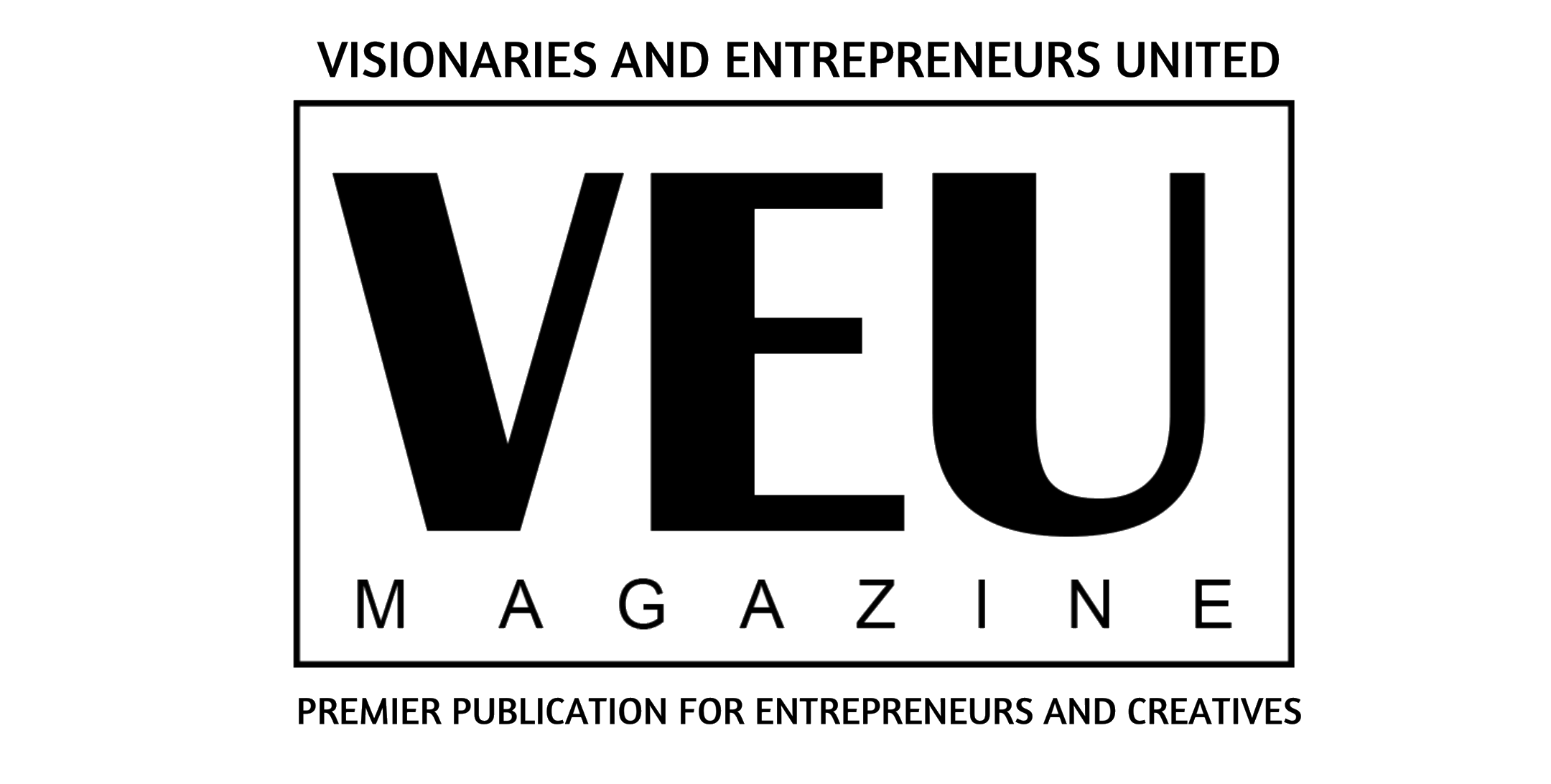As a leader, do you feel inferior and unconfident in front of your team? Of course, best managers hire the best team, but some feel comfortable in front of people with high degrees and talent. If you want to play big and stay one step ahead, you need to lead your team confidently. Leading a team with members of exceptional mindset requires skills. It isn’t easy, but it is worth it. From this article, you will understand to lead people who are smarter than you and get the most out of your employees.

Pointers to lead people
Here are some key pointers that can improve your leadership skills and guide you to lead people who are smarter than you. So let begin
1. Face your fear
Nowadays, it has become a culture of intelligent people to be over-confident. It is natural to feel nervous and insecure to lead people with extraordinary skills. Understand your fear like you are afraid of making mistakes, of looking unprepared and stupid. Whatever you feel, believe in yourself and think that picking the intelligent people from a long cue is an act of confidence and smartness.
2. Give and take feedback
Feedback is an essential part of every employee and employer. By well-coming feedback from your team, you can understand at which point you need improvement.
By talking to one person or friend, you can get benefit from the perspective. But, taking feedback from the team you are working with can give you an honest opinion. Moreover, feedback exchange opens the way for friendly communication between employees and managers.
3. Don’t be a micromanager.
When a leader feels insecure working with he thinks better than him, he stops overlooking minor mistakes. Such a leader confuses the team and reduces their productivity. You need to give your team space and let them do the best way they can.
As a leader, support your team and encourage them, but do not hover. However, maintaining a friendly relation with your team is essential for growth and productivity.
4. Seek good counsel
Sharing your feeling can ease your worries. It would help if you found some who listen to you and advise you the best. The advisor can coach, mentor, or friend. Discuss your problem and concern that is exhausting you and ask for guidance.
Find a solution by talking to someone is a better option instead of staying in turmoil and making mistakes.
5. Be confident and don’t intimidate.
Sometimes leader thinks that he needs to know every answer. It is not valid. A leader’s role is not to see every triviality of a project but to set stages. Being a leader, you have to be sure and confident in your words.
As a leader, you lead people who are smarter than you. It means to deal with people who are up to date, skilled, and experienced in their field. It is ok if you fail to answer a question.
Conclusion
A leader leads people who are experienced people and skills, and you do not need to worry. Being a leader, you have to be sure about what you are planning; instead, you know all trivialities of the field. Maintaining a friendly relation with the employee will also make your dealing easy.


